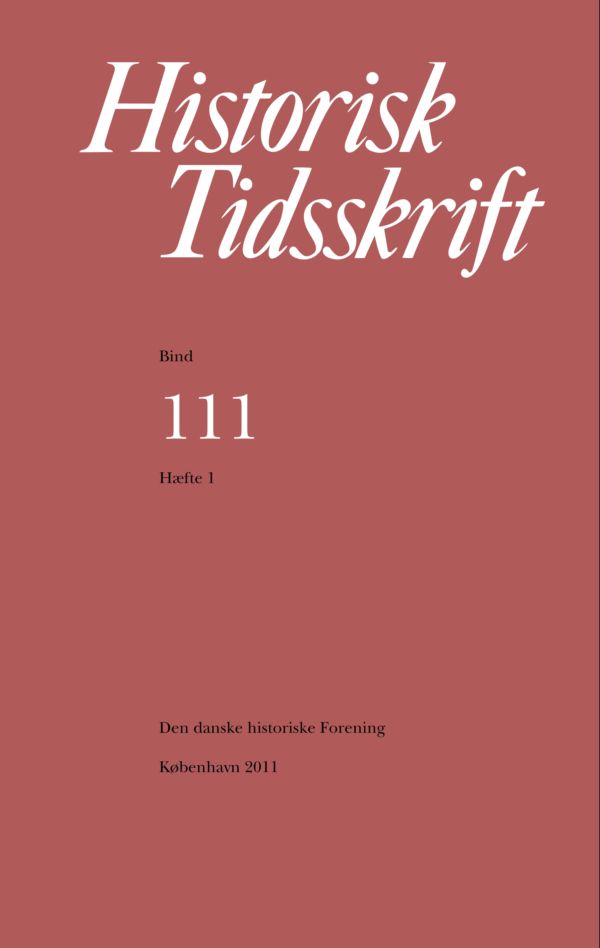Danidas flagskib. Noakhali-projektet og projektbistandense symbolske funktioner
Resumé
Danida’s Flagship. Noakhali and the Symbolic Functions of Bi-lateral Aid ProjectsRecent years’ research on the history of Danish development aid has amply demonstrated the influence on this field from various other areas of domestic and foreign policy. The motives involved transcend the declared purpose of promoting development in poor countries and are – in some cases – less than fully compatible with it. Based on these results it may seem misleading to characterize aid from Denmark as solely an »altruistic« enterprise. Nevertheless, the present article attempts to demonstrate that Danish bilateral project aid – that until the beginning of the 1990s constituted some 25 pct. of the total aid budget – can in fact be partly explained on the basis of economist Martin Paldam’s proposition that aid is inscribed in a »political economy of altruism«. The article shows that an important function of the aid system in that period was to serve as a signpost, systematically displaying symbols and messages intended to influence and convince a Danish public who craved altruistic commitment and aid appropriations to match. Further, by means of a detailed analysis of one of the biggest Danida projects ever – a costly, protracted, problem-ridden rural development project in the Bangladeshi district of Noakhali – it is shown that the concessions to symbolic representation had several negative consequences for the practical, instrumental side of the aid effort.Downloads
Publiceret
Citation/Eksport
Nummer
Sektion
Licens
Ophavsret til bidrag i Historisk Tidsskrift tilhører forfatterne og Den danske historiske Forening som udgiver af Historisk Tidsskrift. For illustrationer gælder den ophavsret, som står anført i billedteksten. Ophavsretslovens almindelige bestemmelser gælder, hvilket vil sige, at ophavsretten gælder i 70 år efter forfatterens død. Bidrag i Historisk Tidsskrift må derfor, med forbehold for en ”moving wall” på tre år, frit downloades, læses, gemmes, anvendes og citeres (med kildeangivelse) i privat og videnskabelig sammenhæng, men de må ikke helt eller delvis genudgives af tredjepart, heller ikke i redigeret form, uden tilladelse fra forfatterne og Den danske historiske Forening. Henvendelse skal i så fald rettes til Historisk Tidsskrifts redaktion på histtid@hum.ku.dk.





